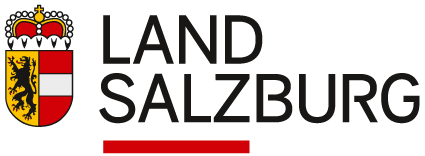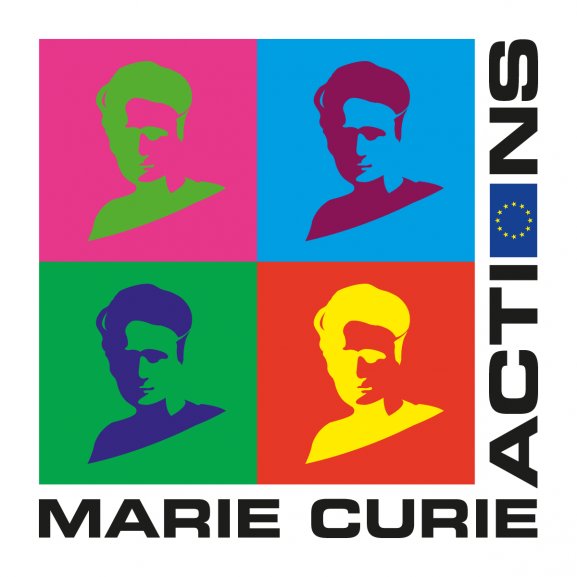Alpha Oscillations Create the Illusion of Time
Andreas Wutz
Journal of Cognitive Neuroscience, April 2024
Auditory Neuroscience Lab
How can we make sense of our acoustic environment, considering the fact that different sound sources in our complex environments (e.g. the classically cited “cocktail party") often activate the same receptors simultaneously? Only some information will be relevant for guiding our behaviour, while other information will be irrelevant or even distracting.
Next to a “faithful" transduction process and feedforward transmission of information, the listening-challenge can only be solved by appropriate deployment of top-down processes, such as attention or (anticipatory) prediction. The Auditory Neuroscience Group at the Salzburg Brain Dynamics lab is in particularly interested in neural processes linked to prediction, which could be derived e.g. by statistical regularities derived from previous input or by contextual cues (e.g. lip-movements accompanying speech). A particular focus of our group within this context is to shed light on the underinvestigated role corticofugal processes, which includes subcortical and even cochlear processes. We aim at linking these processes to higher-order cortical systems, that are more commonly investigated within cognitive neuroscience. For this purpose we are advancing simultaneous non-invasive neuro-cochlear measurements, which among others includes combination of measurement instruments (e.g. MEG and otoacoustic emissions) and innovative signal processing strategies applied to M/EEG data.
Our research has strong clinical implications, that we are currently pursuing in separate projects funded by the European Commission (Marie Curie Actions), FWF and FFG/MED-EL.
Alpha Oscillations Create the Illusion of Time
Andreas Wutz
Journal of Cognitive Neuroscience, April 2024
Neural Speech Tracking Highlights the Importance of Visual Speech in Multi-speaker Situations
Chandra Leon Haider, Hyojin Park, Anne Hauswald, Nathan Weisz
Journal of Cognitive Neuroscience, January 2024
Individual prediction tendencies do not generalize across modalities
Juliane Schubert, Nina Suess, Nathan Weisz
Psychophysiology, January 2024
Eavesdropping on Tinnitus Using MEG: Lessons Learned and Future Perspectives
Lisa Reisinger, Gianpaolo Demarchi, Nathan Weisz
JARO: Journal of the Association for Research in Otolaryngology, December 2023
Fabian Schmidt, Ya-Ping Chen, Anne Keitel, Sebastian Rösch, Ronny Hannemann, Maja Serman, Anne Hauswald, Nathan Weisz
Psychophysiology, November 2023
Distinguishing fine structure and summary representation of sound textures from neural activity
Martina Berto, Emiliano Ricciardi, Pietro Pietrini, Nathan Weisz, Davide Bottari
eNeuro, October 2023
Annekathrin Weise, Thomas Hartmann, Fabrice Parmentier, Nathan Weisz, Philipp Ruhnau
Psychophysiology, October 2023
Lisa Reisinger, Fabian Schmidt, Kaja Benz, Lorenzo Vignali, Sebastian Roesch, Martin Kronbichler, Nathan Weisz
BMC Medicine, August 2023
Barbara Ladisich, Stefan Rampp, Eugen Trinka, Nathan Weisz, Christoph Schwartz, Theo Kraus, Camillo Sherif, Franz Marhold, Gianpaolo Demarchi
Therapeutic Advances in Neurological Disorders, August 2023








